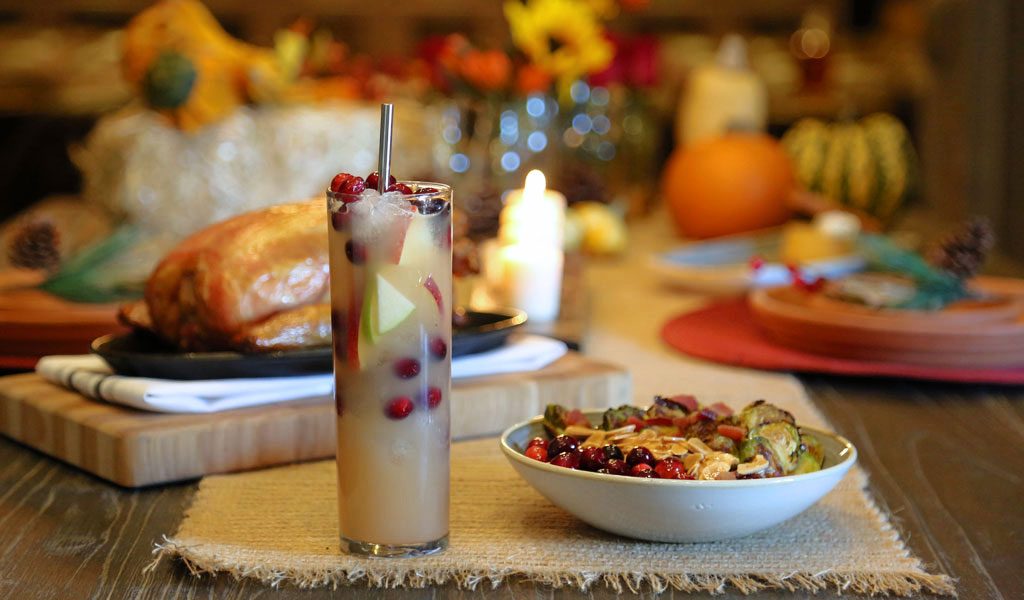Crafting Your Own Cocktail Ingredients Won’t Just be Great for Your Profit Margins
The current buzzwords for customers at the bar are crafted, homemade, unique and sustainable. As always, the customer also wants a high quality product and when someone finds a high quality, well crafted, and unique product they’re almost certain to return to it, and are also very likely to tell their friends about it.
Creating your own cocktail ingredients will add these unique and high quality elements to your location amongst other things, including helping your bottom line.
Taste the Difference
Even if you don’t state “made-in-house”, “handcrafted”, or “signature” on your menus (which you definitely should where it’s applicable) then your customers will still be able to taste the difference. This can leads them to ask your bartender why it tastes so good, and they’ll be pleasantly surprised, and impressed, to discover that it is made in house and that he or she made it that morning. The truth is that, when done right, freshly made, small batch produce taste better than their mass produced, long life counterparts.

Personalization and Creative Freedom
In line with the above point, creating your own craft ingredients allows you to tout the trending personalization and uniqueness of beverages. An aspect of drinking which more and more people are seeking out on a regular basis.
In addition to this, it gives your bartenders a new creative outlet and the creative freedom (within your chosen scope) to add that personalized aspect to certain items. Guests can often say such things as “you know what would be a good idea….” or “what if you put such-and-such with such-and-such”. Not only can this provide your bartenders with inspiration but it might also allow them to surprise your regular guests by having the results of their suggestion available next time they come in.
What Items Can be Crafted?
It really all depends how far your imagination will stretch! Don’t jump straight into the deep end, start with the most common items that are crafted in house, get them right and then you can move onward and upward from there. The products most people will begin with are simple syrup, a house Bloody Mary mix and Sour Mix. After that you can move onto different styles and flavours of syrups and then onto experimenting with liquors, bitters and anything else you fancy trying.
Seasonal, Small Batched
Creating your own flavours behind the bar allows you and your team to really personalize the menu for each season; light and floral flavours for the summer, deep and warming sensations for the winter are just two examples.

Crafting product yourself allows you to closely control the quantity of product that you have and, because much of it only takes between an hour and a few days to prepare and produce, it means that you can control quantities and costs much more closely than before. This also means that once the season ends you won’t be left with half cases or full cases of product that you’re not going to be able to sell until next year; and by then it might’ve gone bad.
Sustainability
Leading on from the previous point, creating your own ingredients and infusing your own liquors, liqueurs and syrups allows you to use up excess product before it goes bad. If you have too many of a certain citrus, for example, it is simple and easy to use the peel to make a citrus vodka, and you can squeeze the juice and have your bartender to incorporate it into your “Cocktail of The Day” over the next few days. This cuts down on wastage and, in turn, stops wastage cutting into your bottomline, making your bar a more effective money making machine.

The Bottomline
The bottomline, as always, is your bottomline. Although we love doing this job it wouldn’t be possible if we didn’t make money, and every change we make has to have a positive or -at the very least- a neutral impact on our bottom line. Crafting your own ingredients can definitely do this and, with all the points mentioned above, it can also boost your staff moral and your customer base!
You can experiment with the concept by costing up a few different hand crafted items and comparing them to the price that you pay for similar volumes of said items right now. Make sure you factor in extra labor costs to cover the production, however these are likely to be minimal or nonexistent as your staff can often undertake these tasks on their current schedule, without the need for extra hours. Start slowly and expand this program over time, this’ll allow your employees to familiarise themselves with this program.



